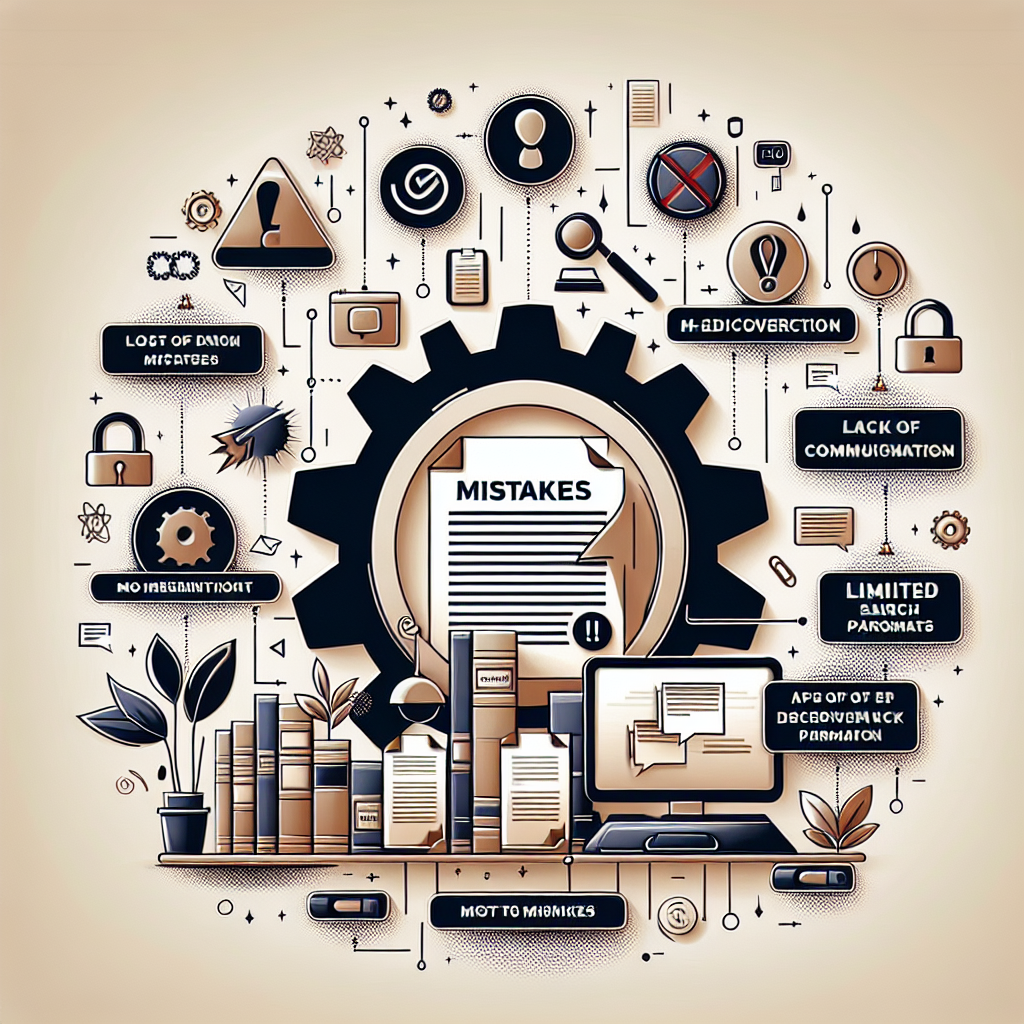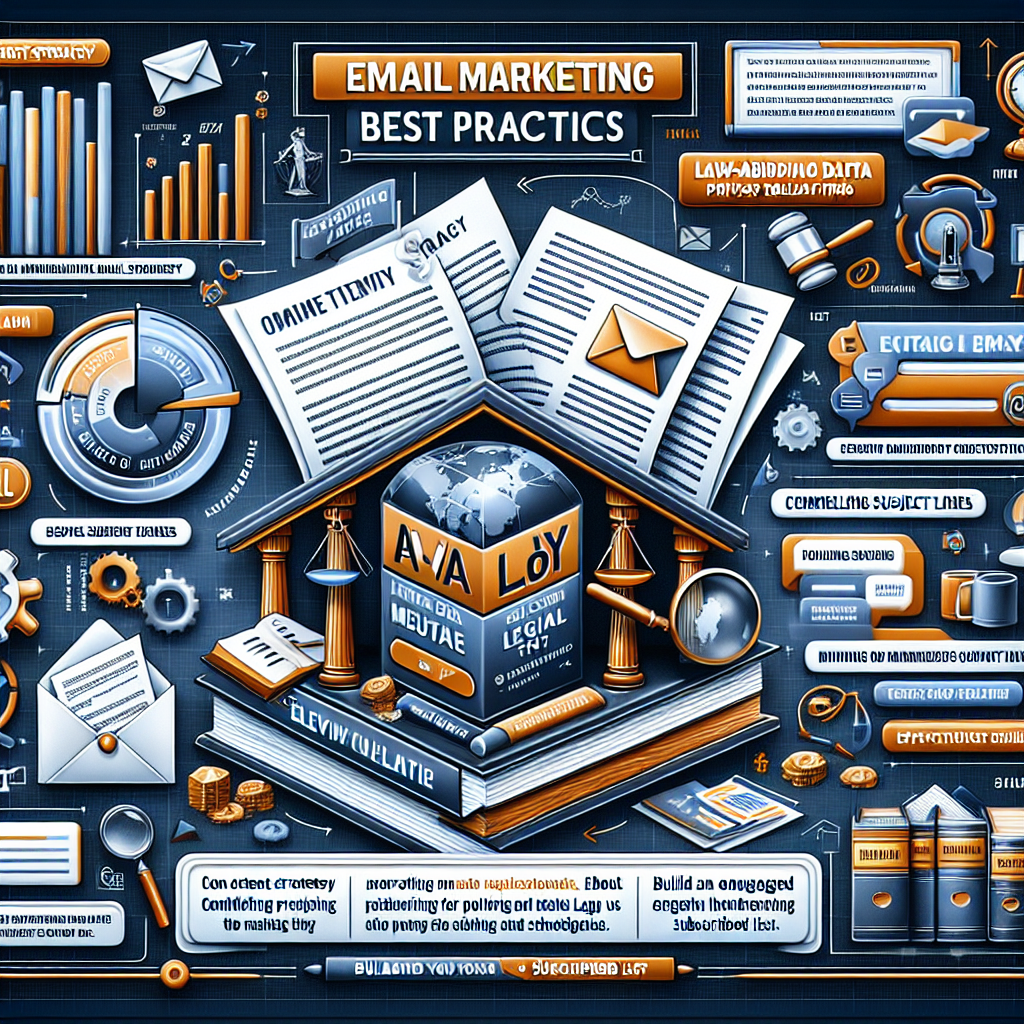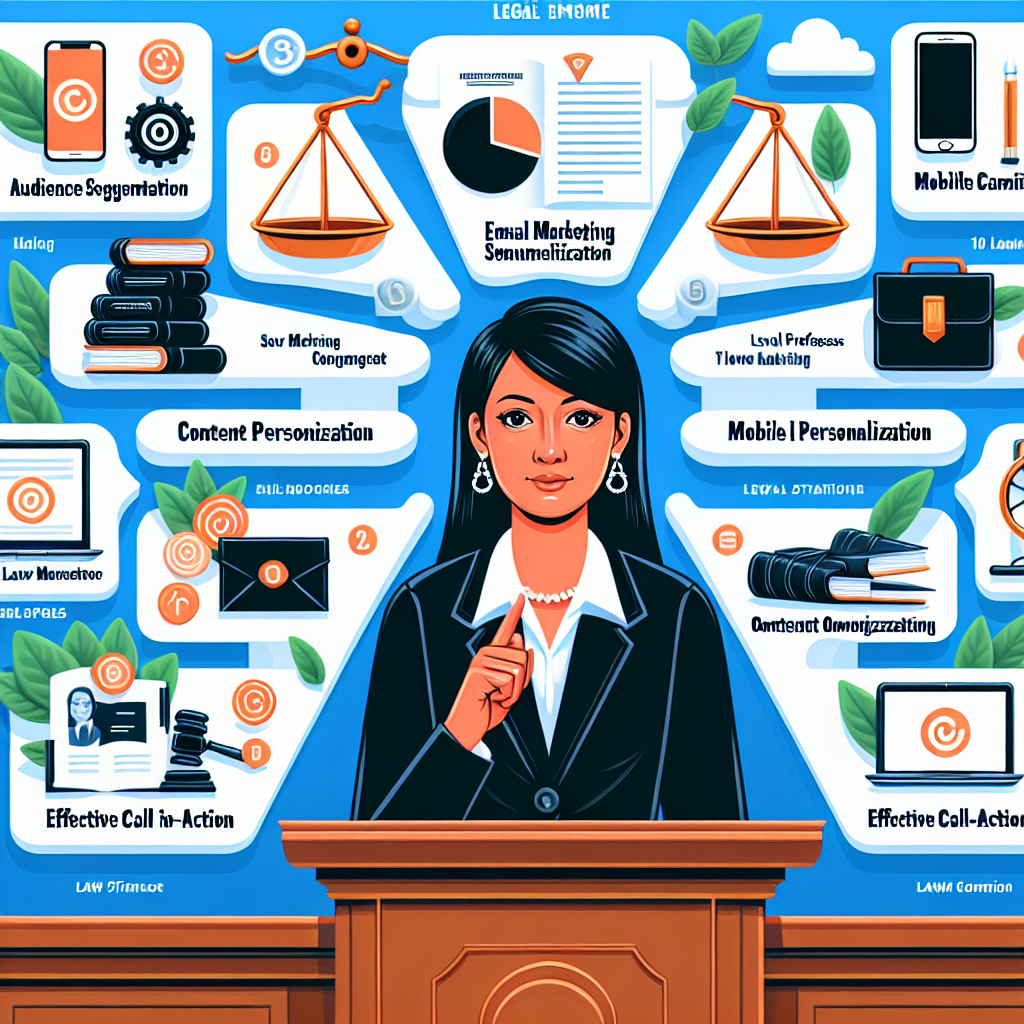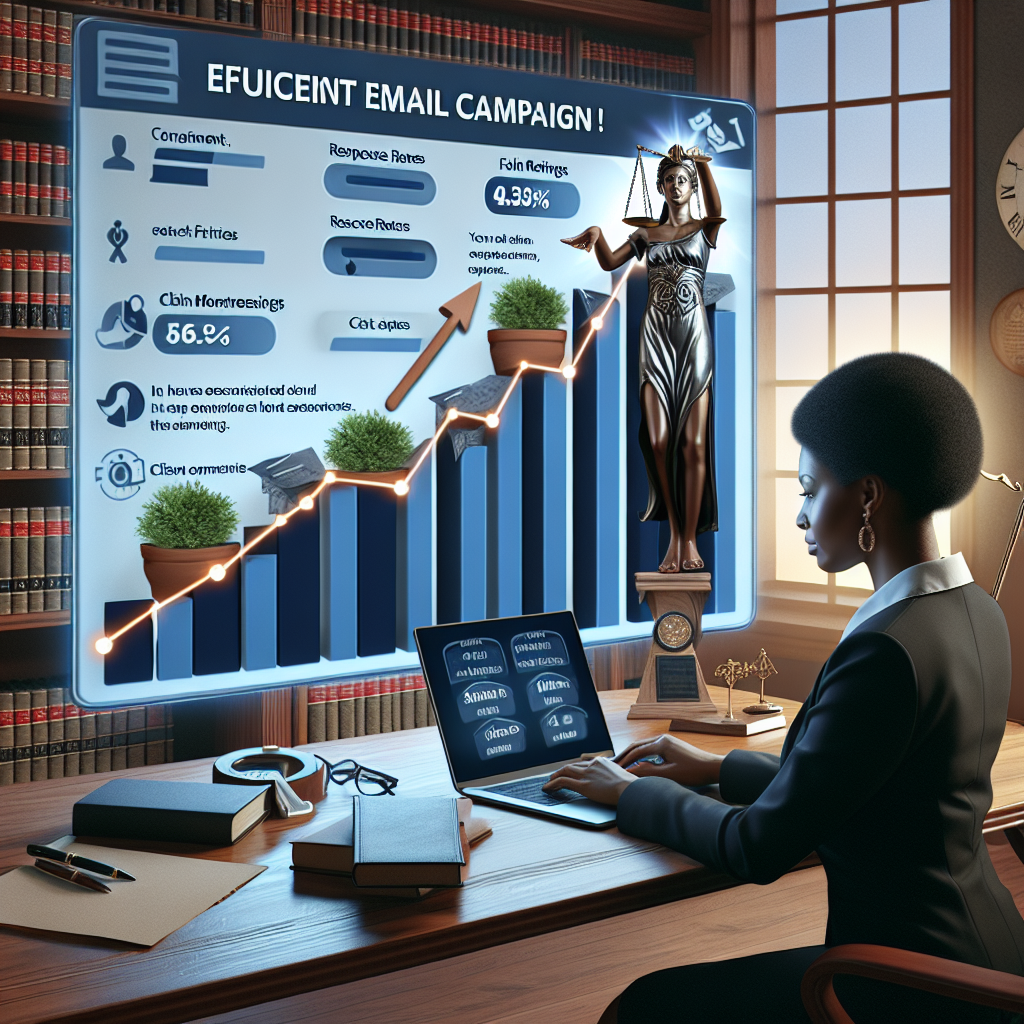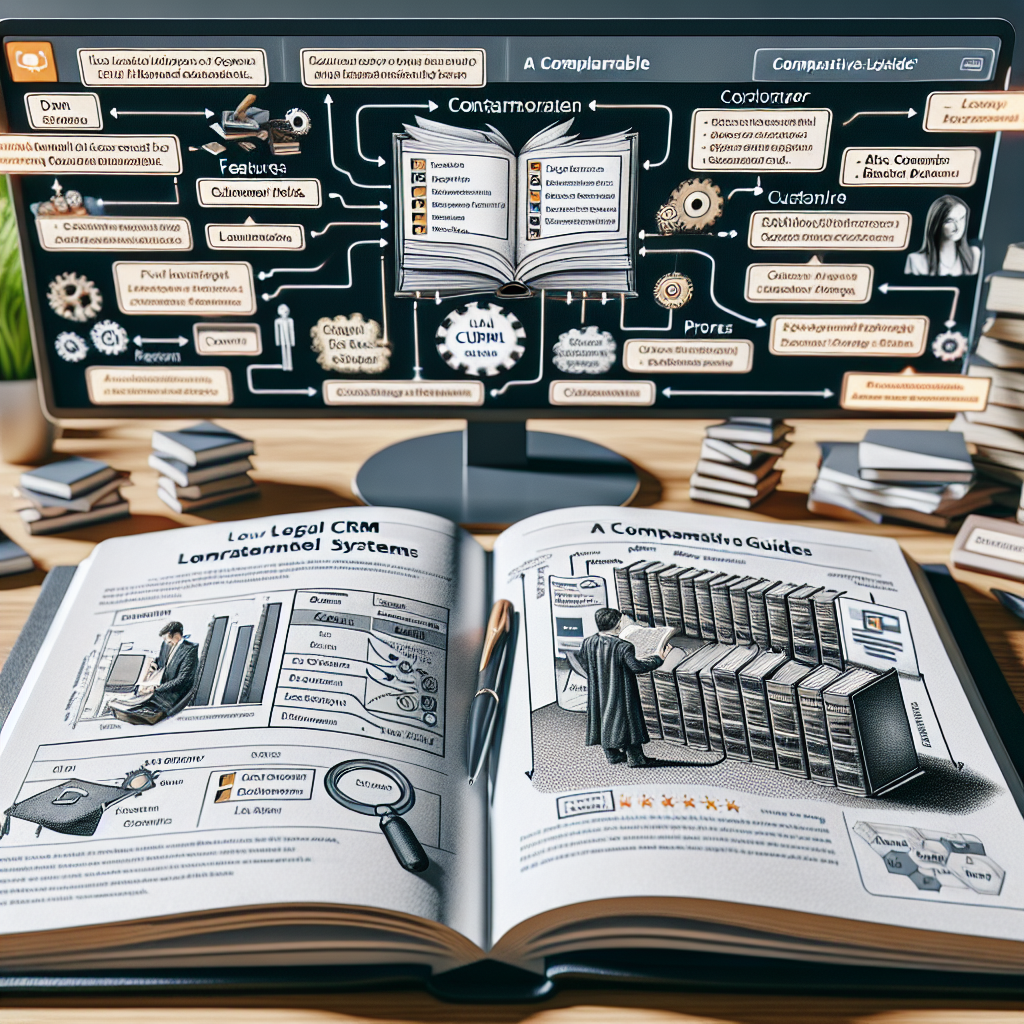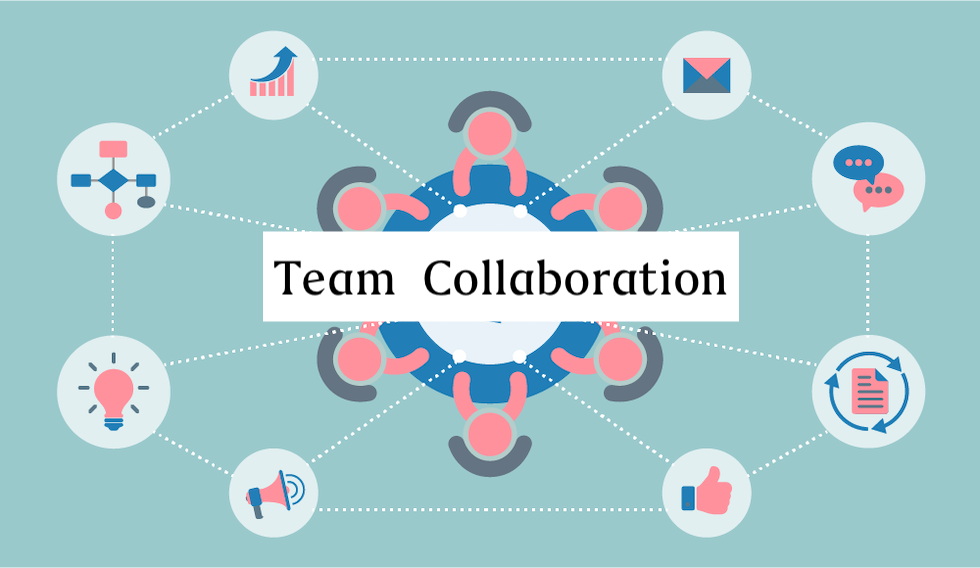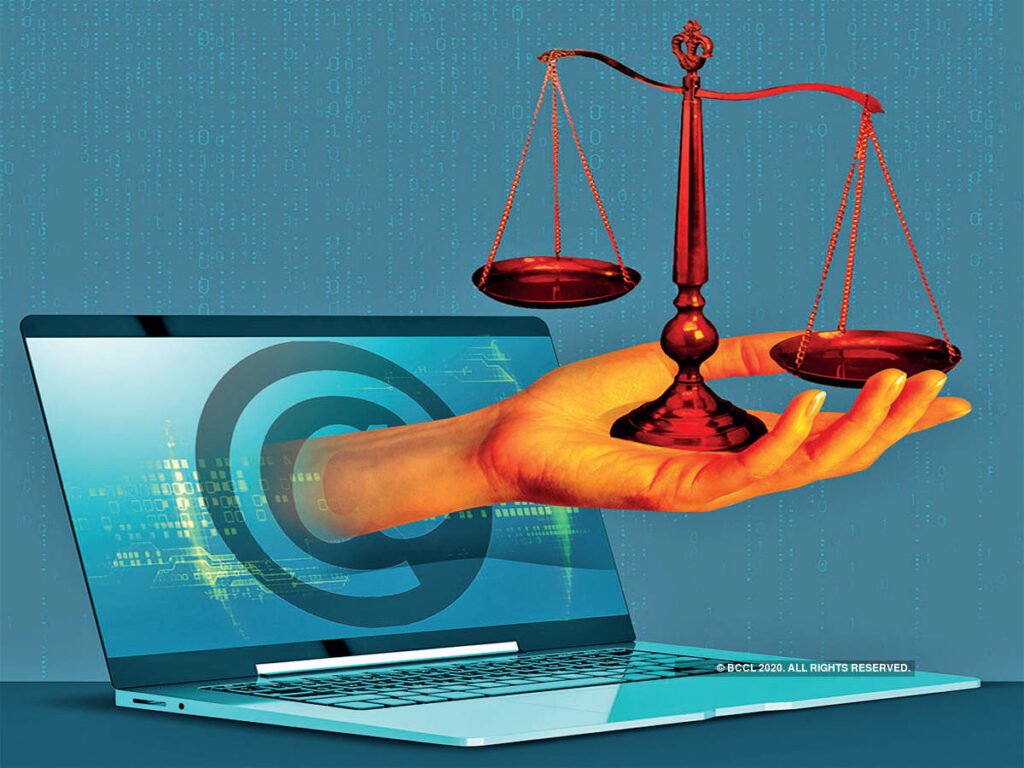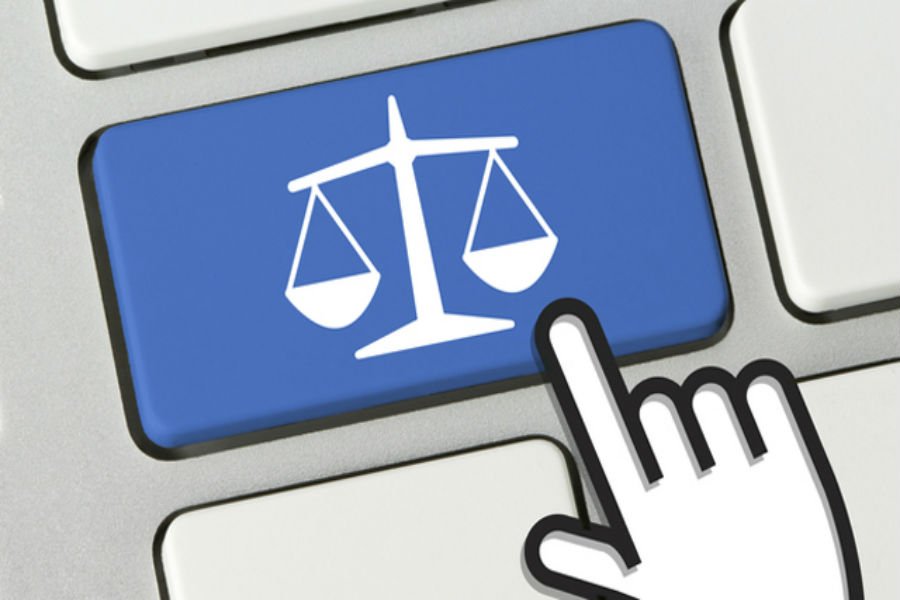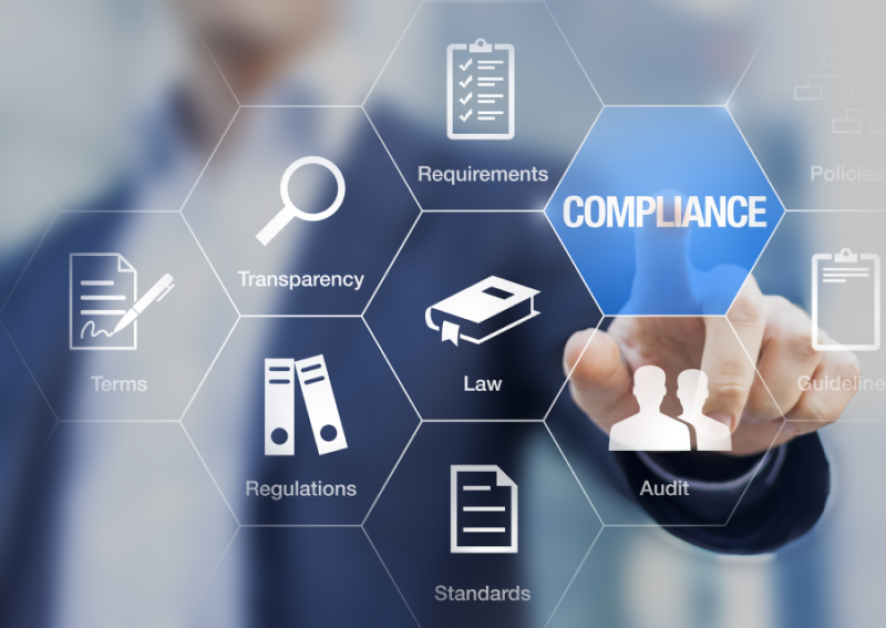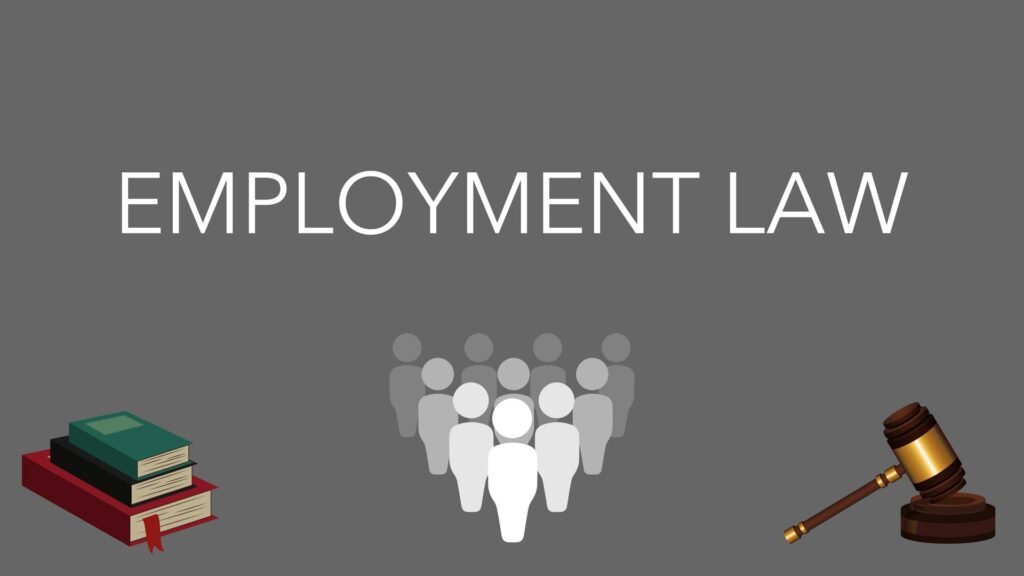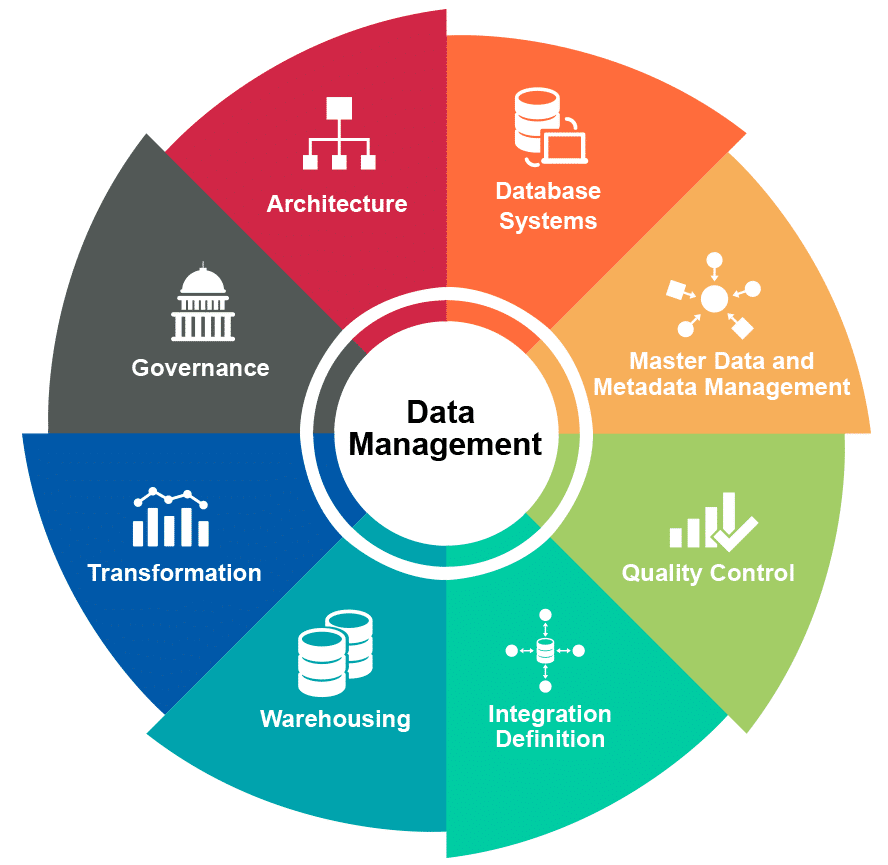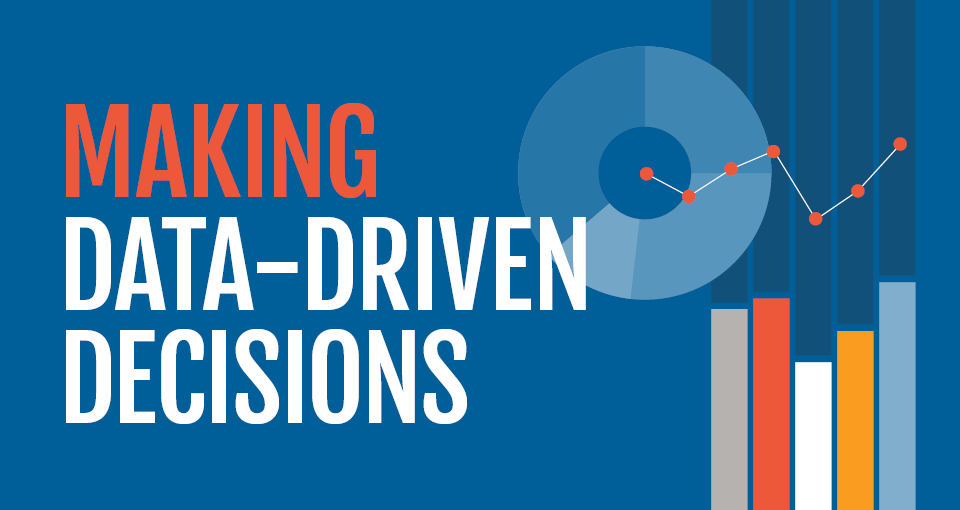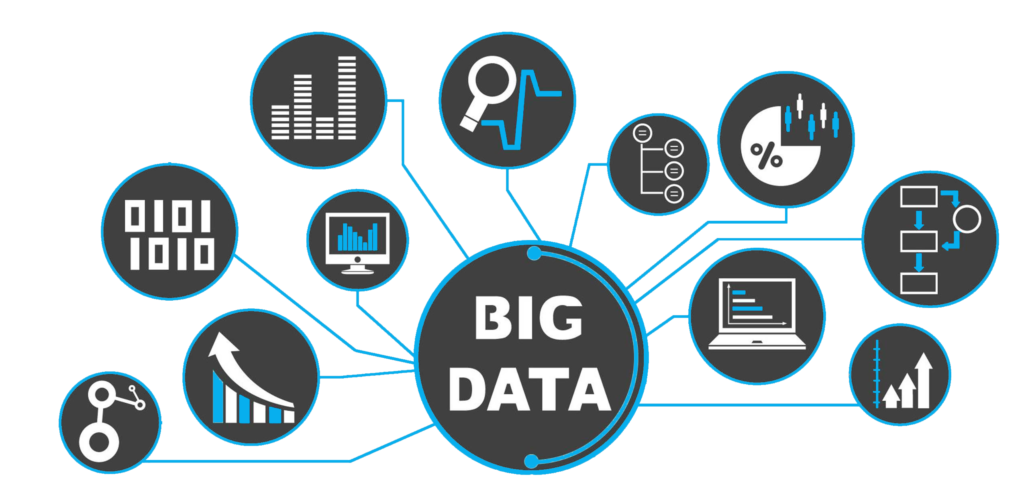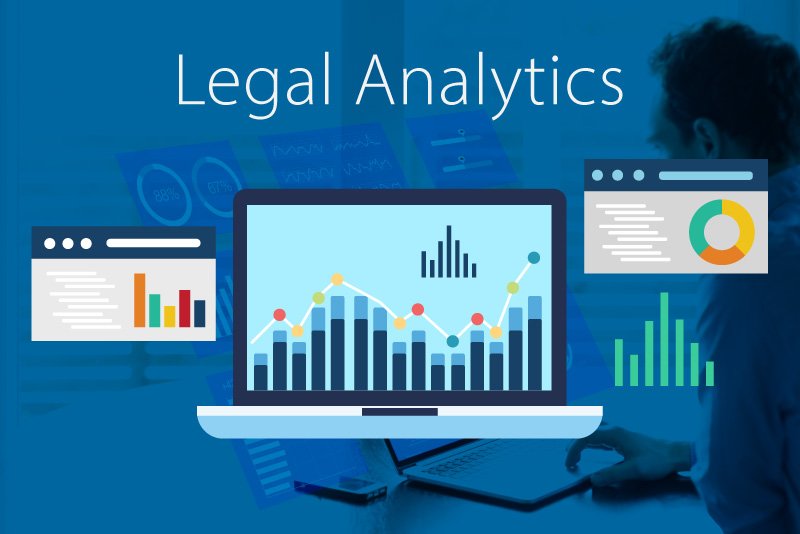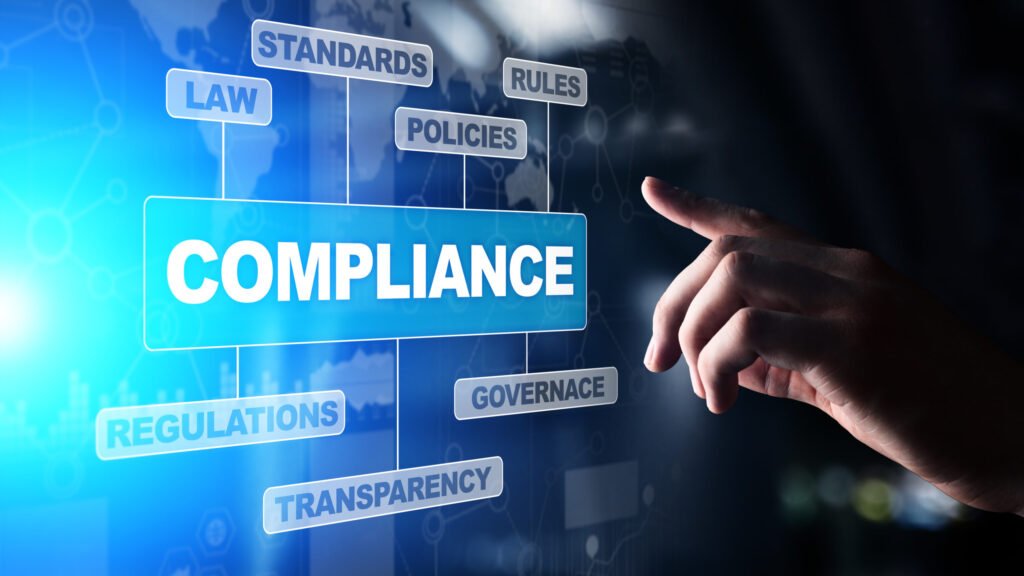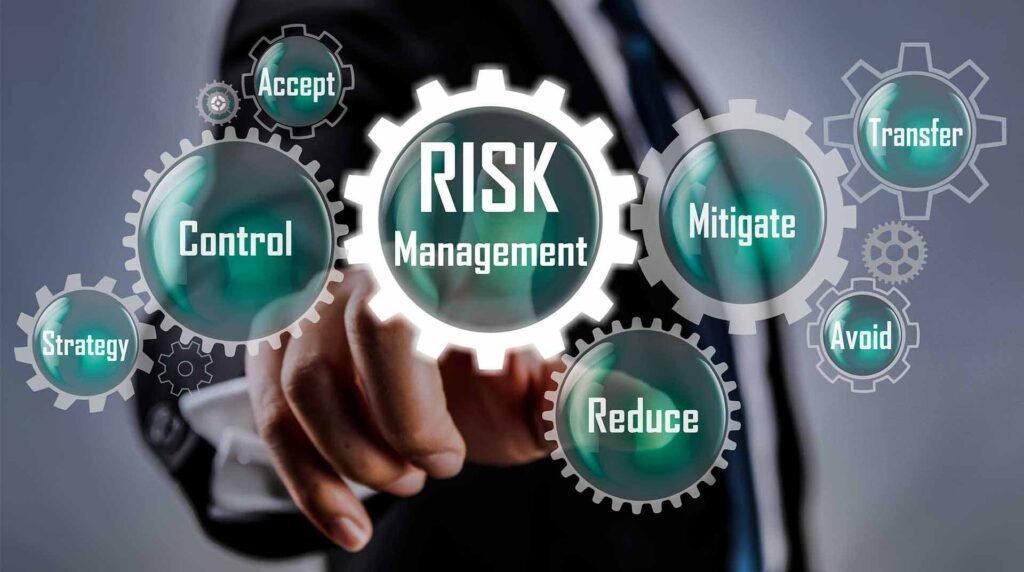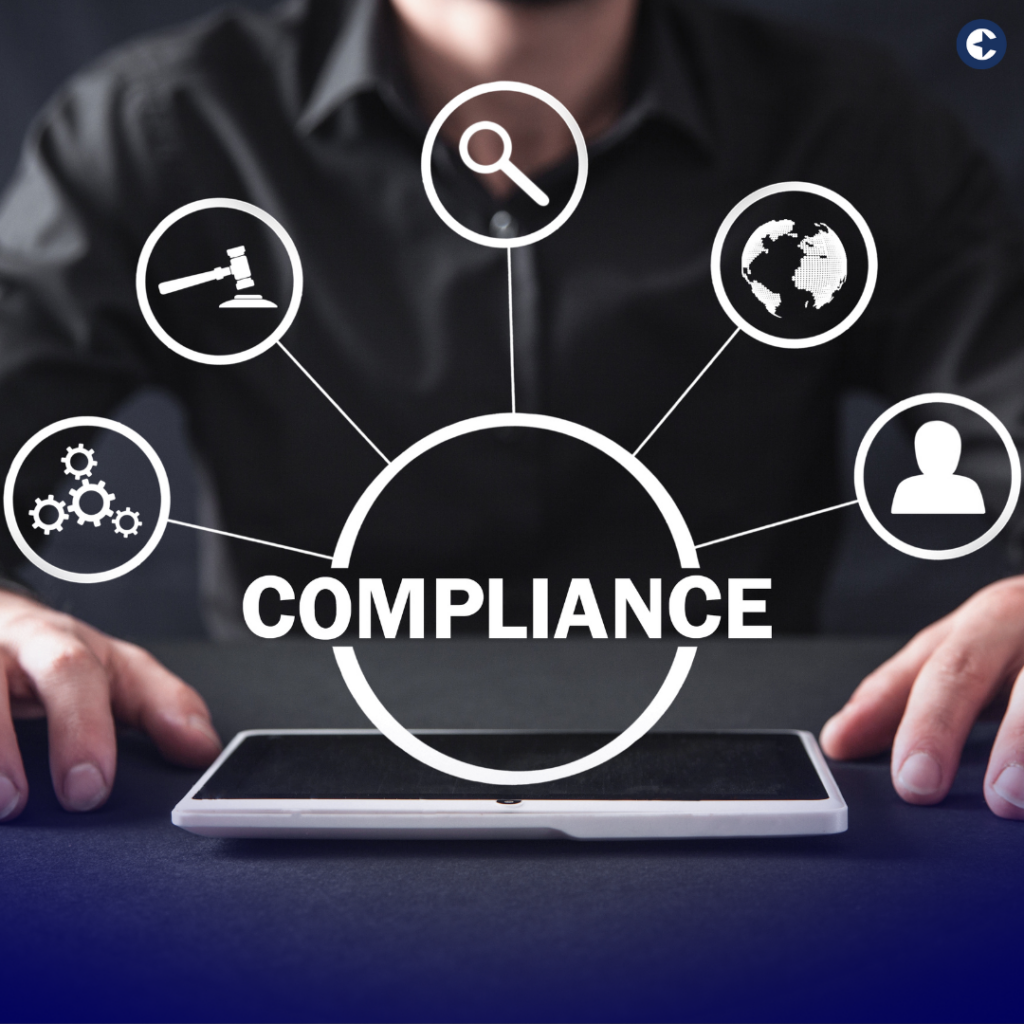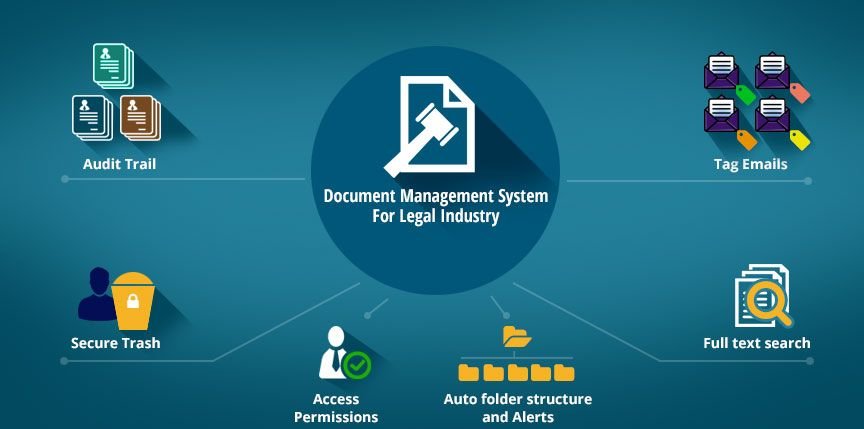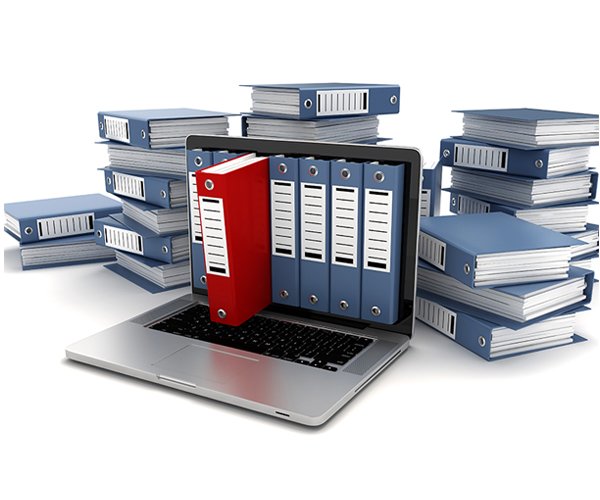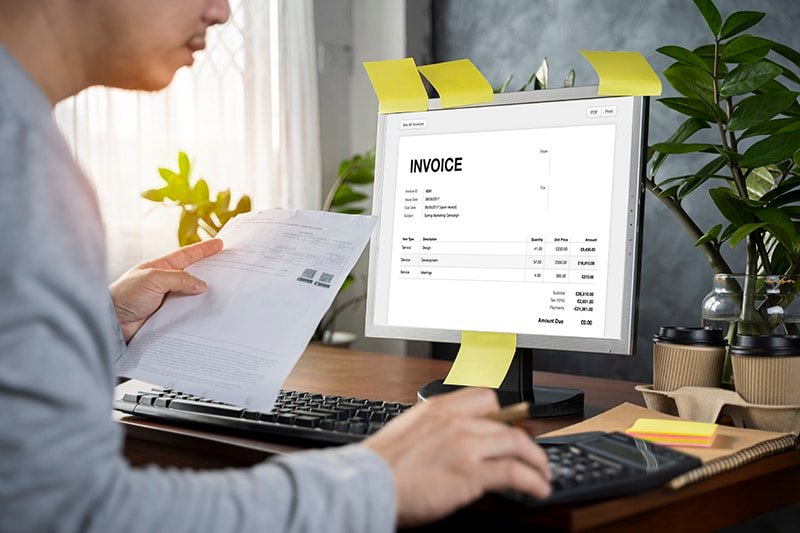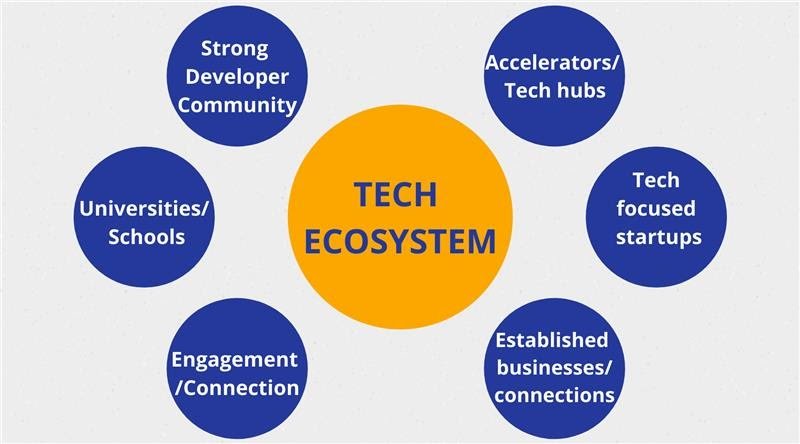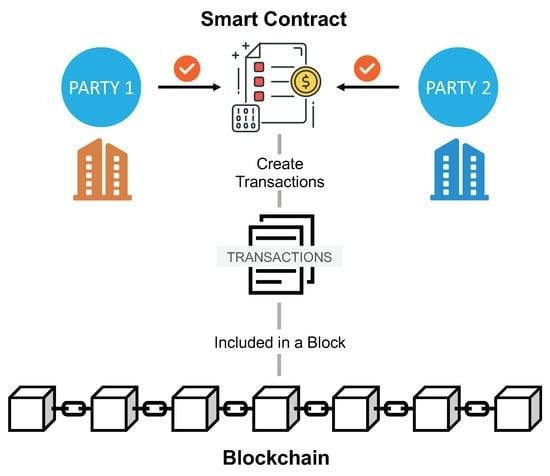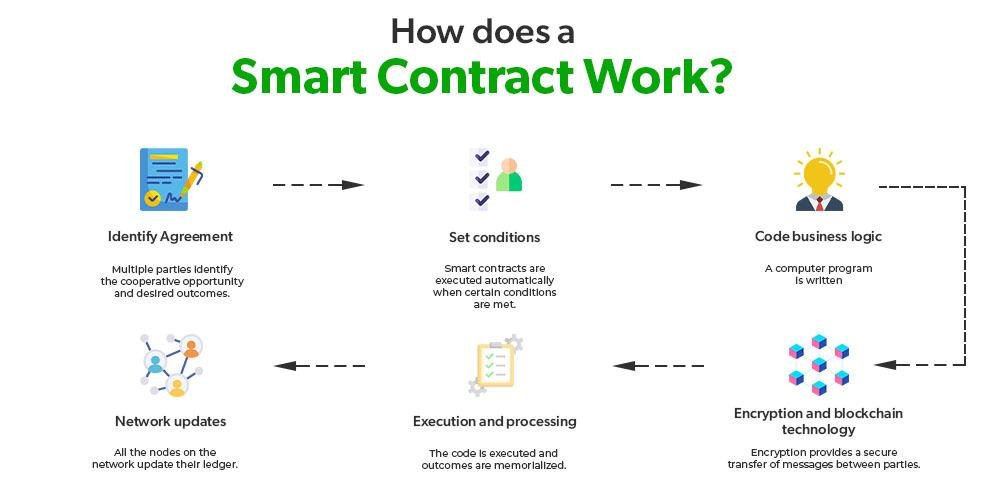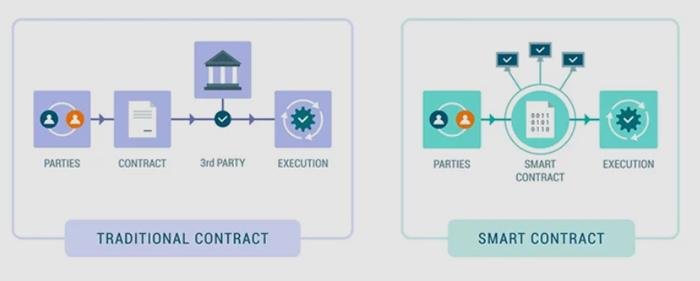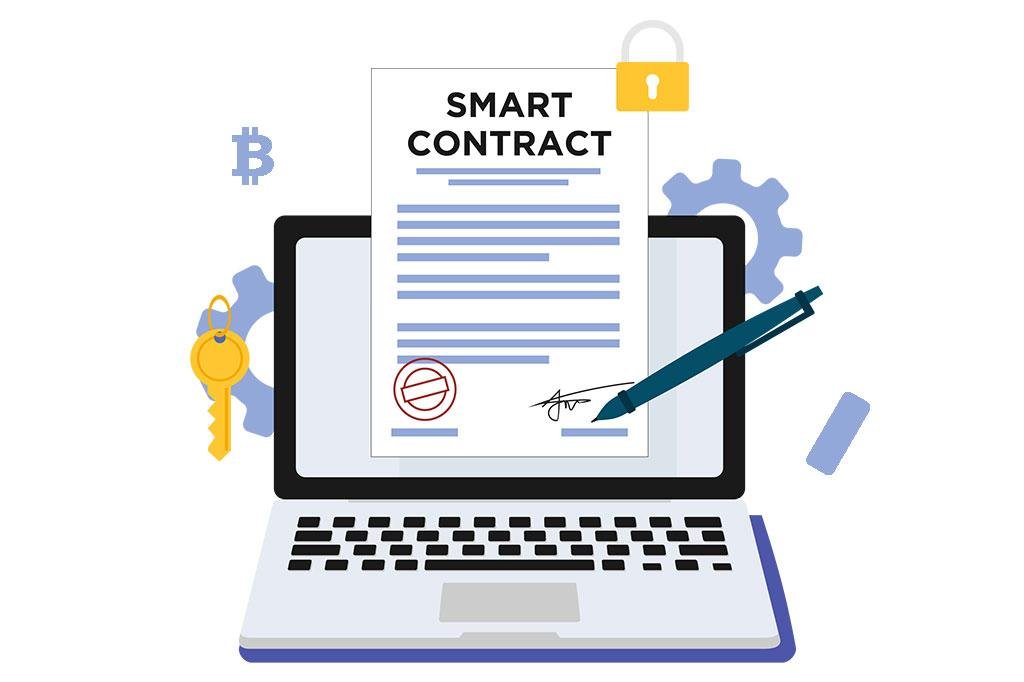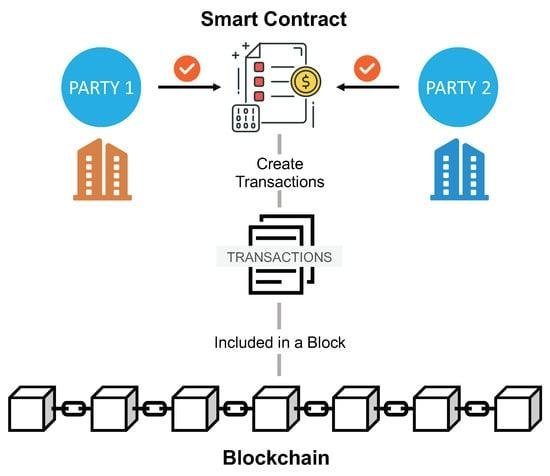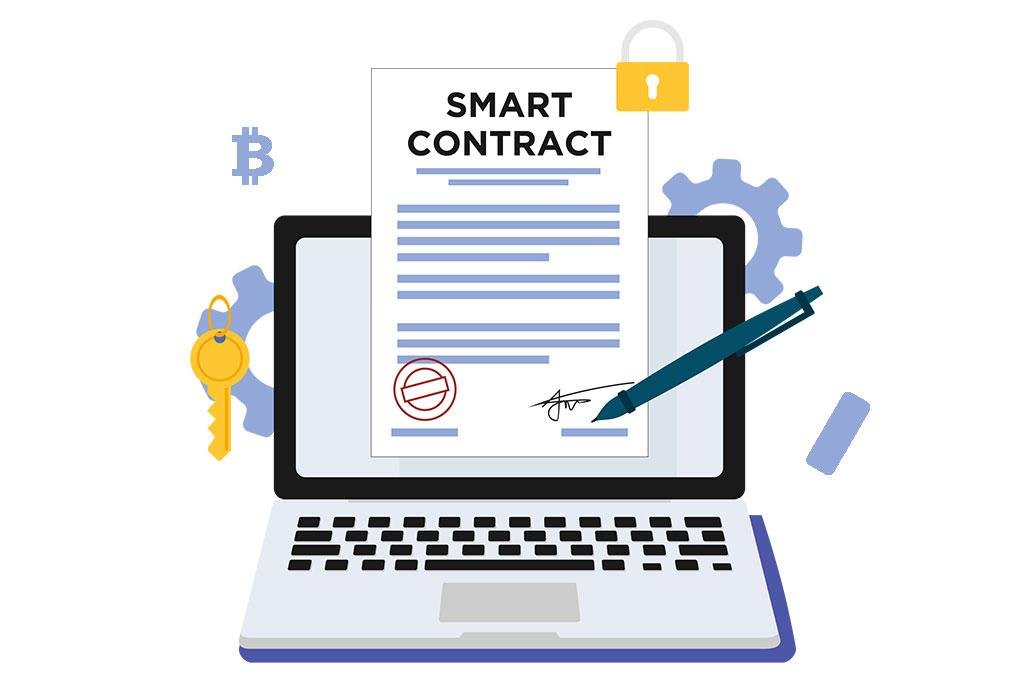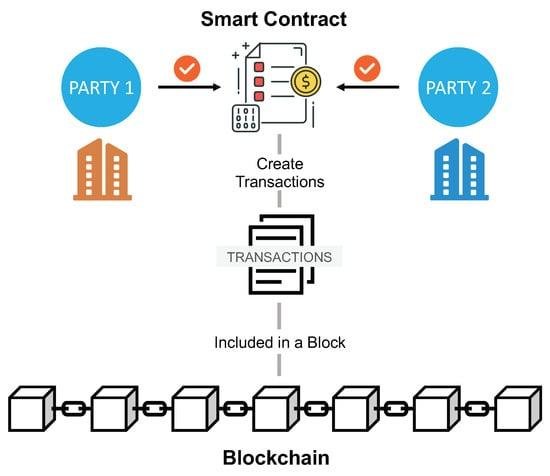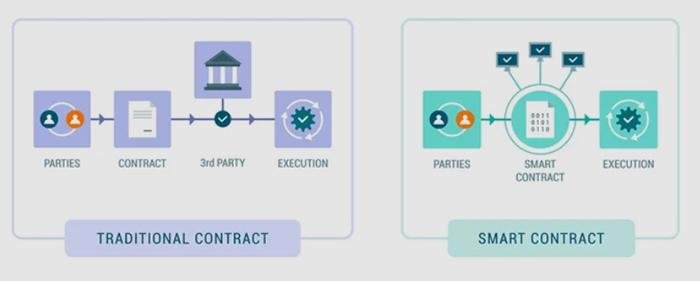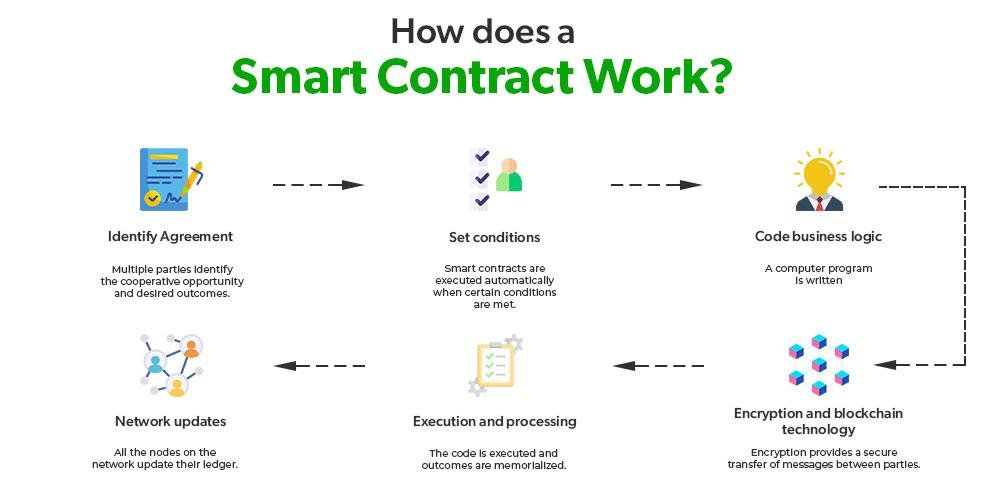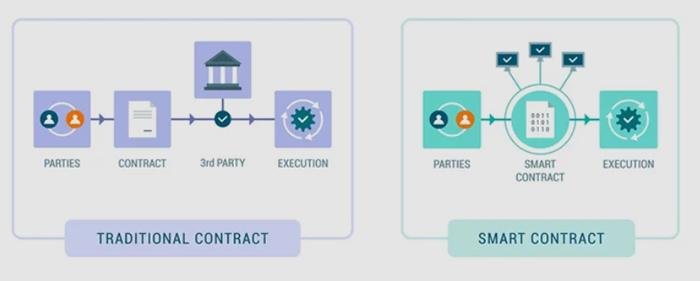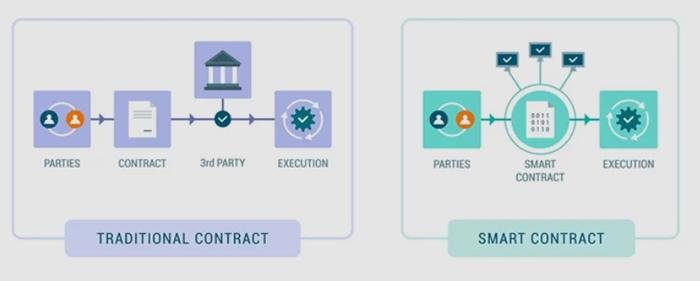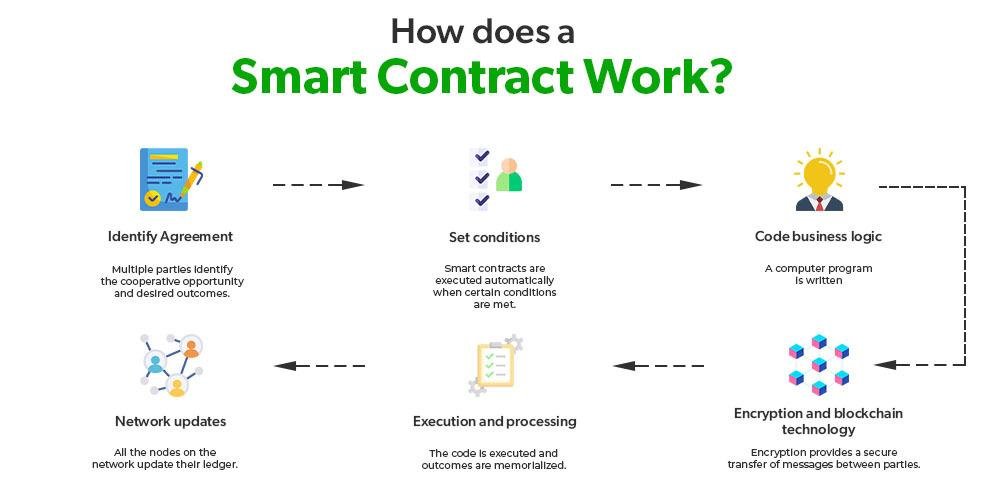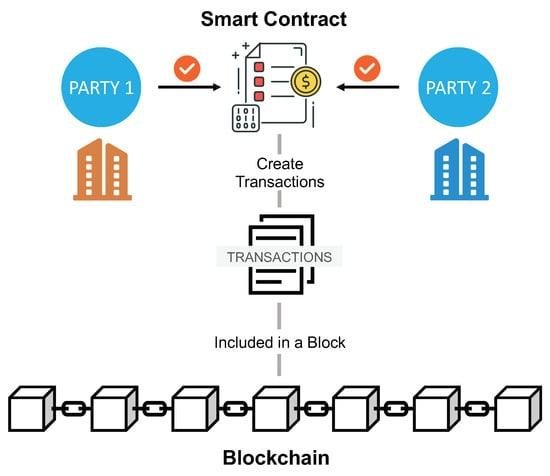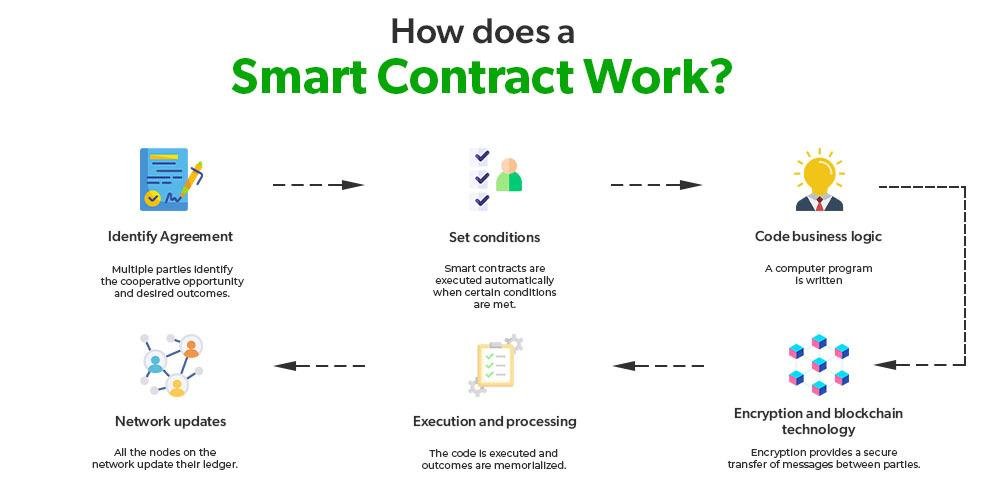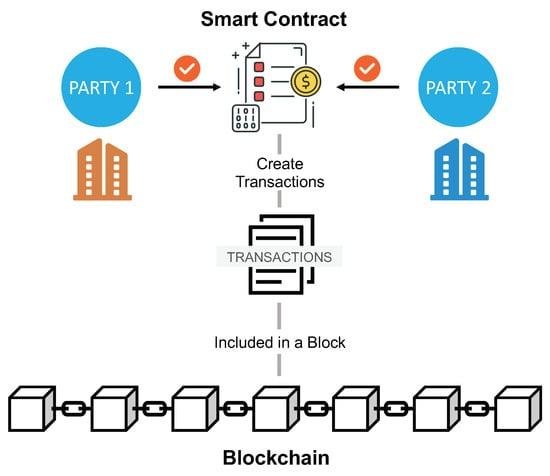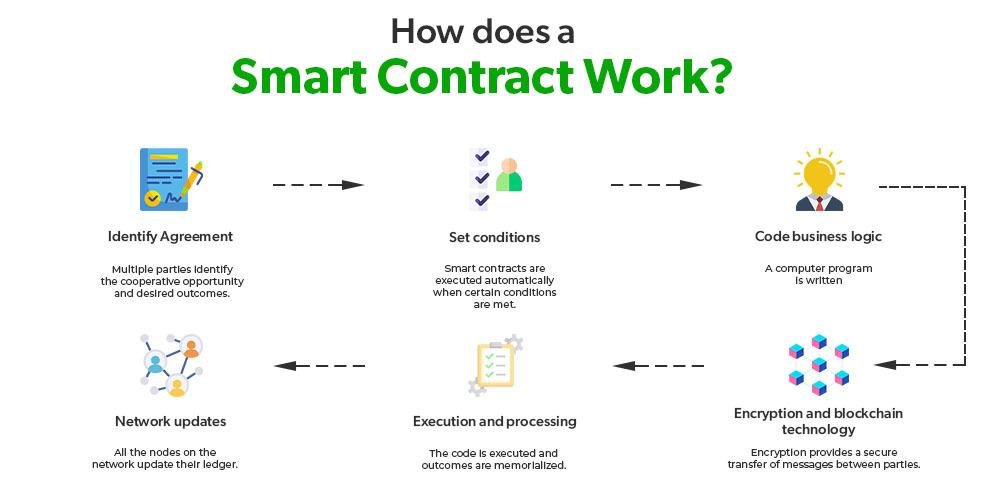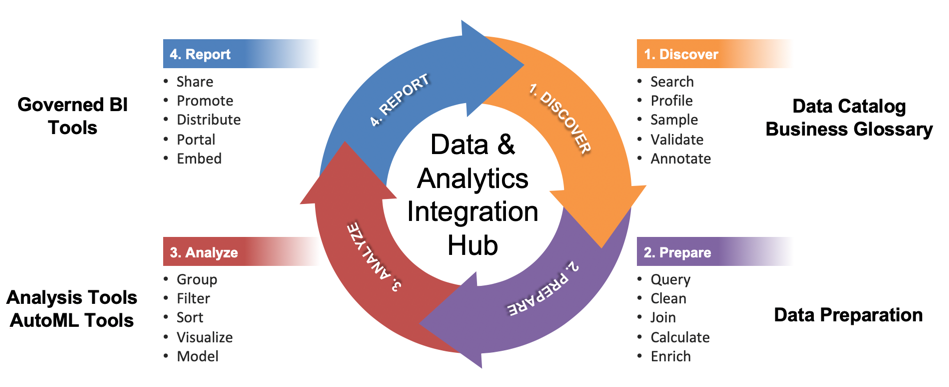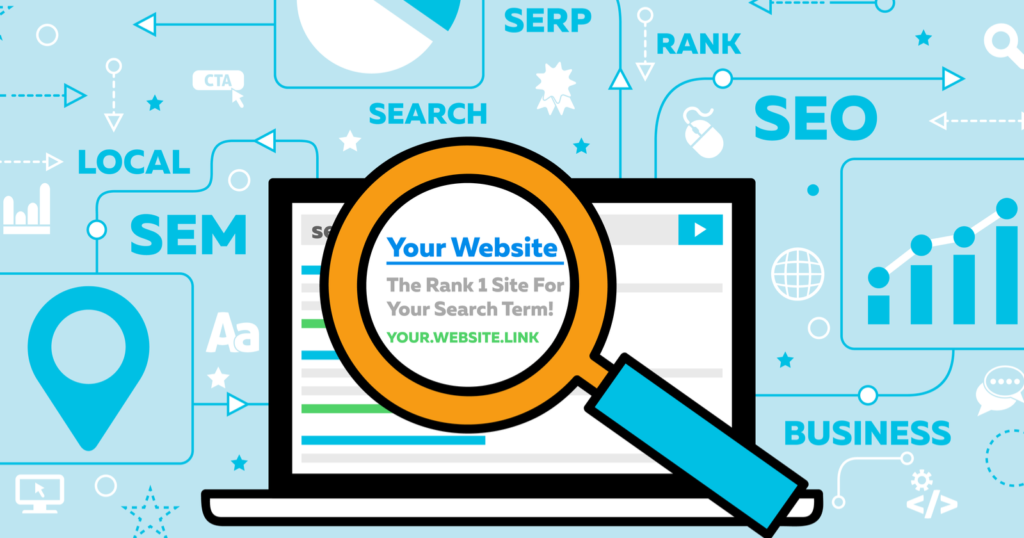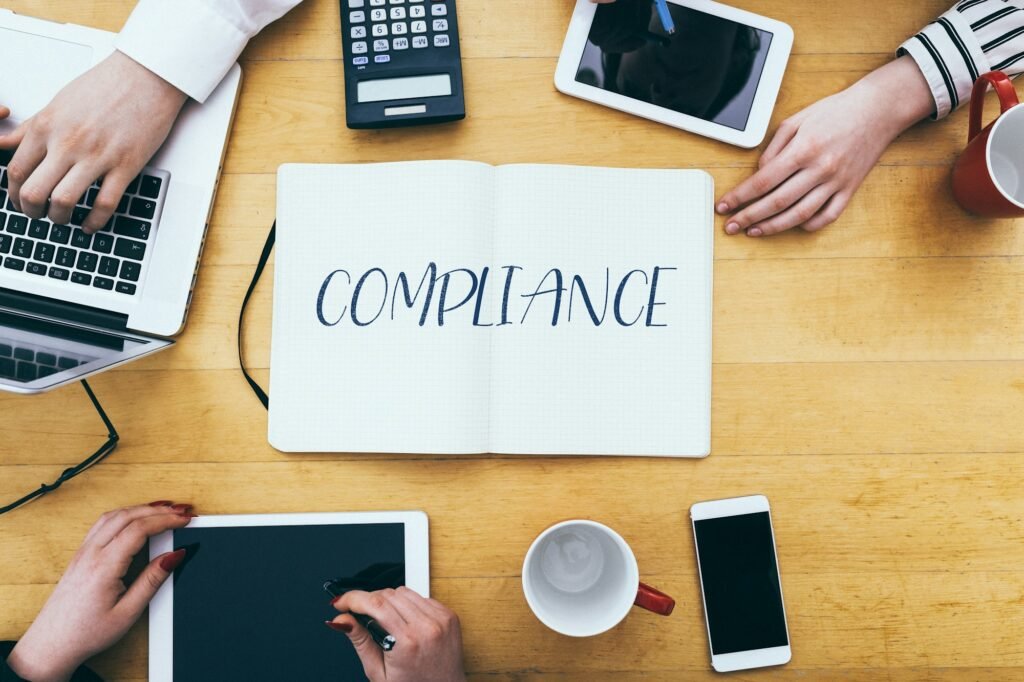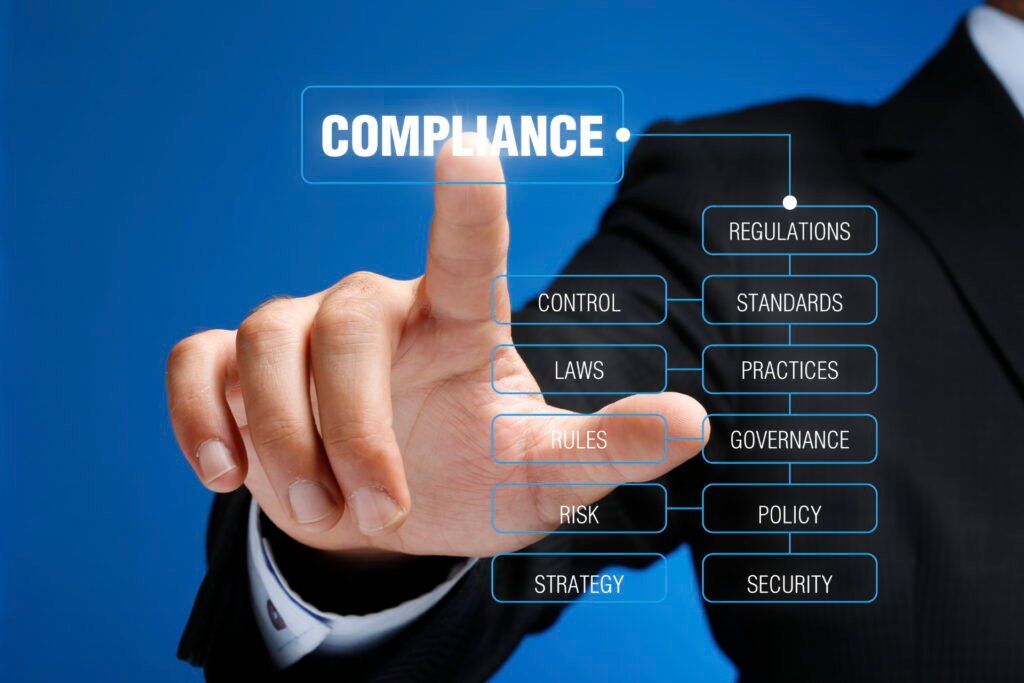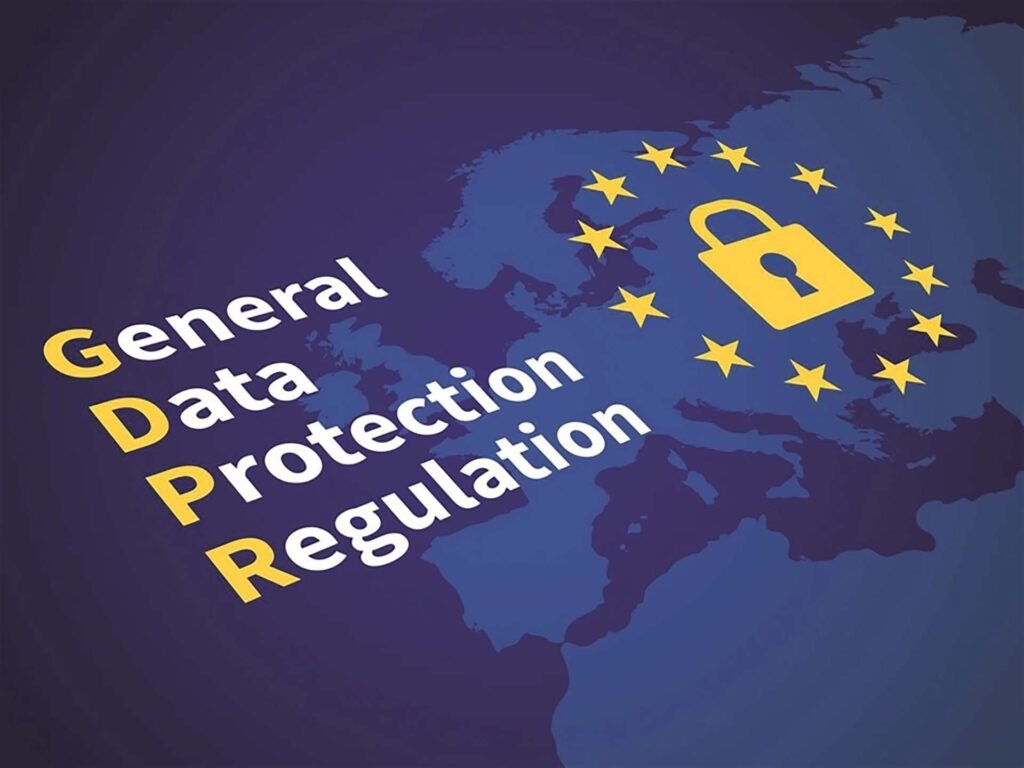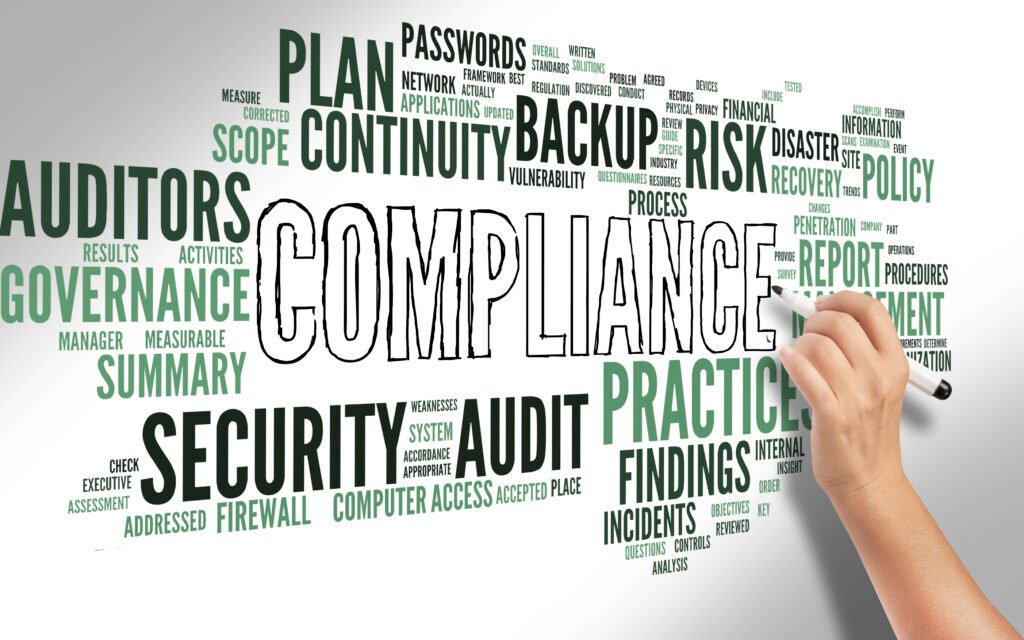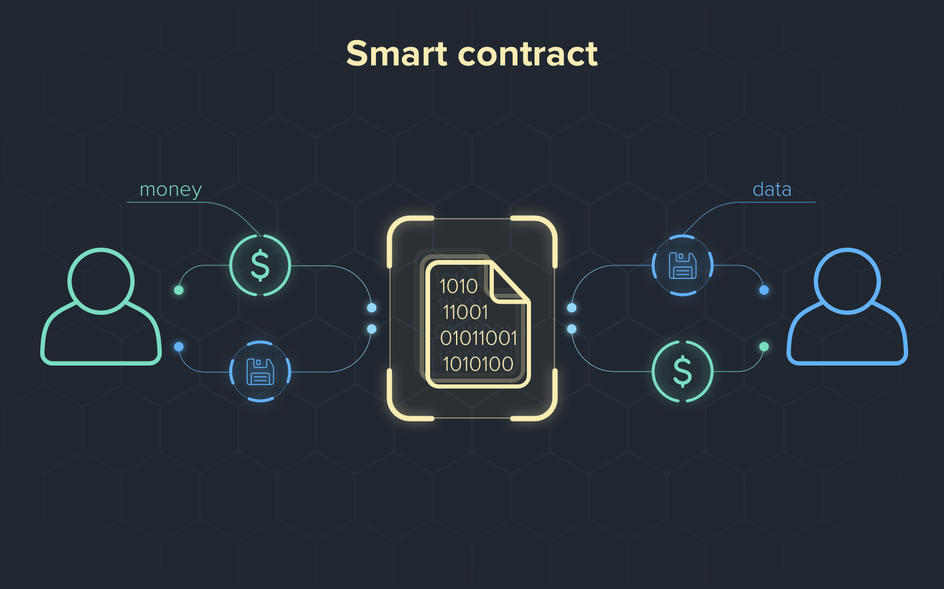Educating Corporate Clients About Compliance Changes Through Email

Introduction
In today’s rapidly evolving regulatory landscape, it is essential for corporate clients to stay informed about compliance changes that may impact their operations. Effective communication through email serves as a vital tool for educating these clients, ensuring they understand new regulations, deadlines, and best practices. By providing clear, concise, and actionable information, organizations can empower their clients to navigate compliance challenges confidently, mitigate risks, and maintain adherence to legal requirements. This proactive approach not only fosters stronger client relationships but also enhances overall organizational integrity and accountability.
Importance Of Timely Communication In Compliance Updates
- Key Role of Timely Communication:
- Keeping organizations updated on regulatory changes is crucial in the fast-changing world of corporate compliance.
- Compliance is often a legal requirement, and missing updates can lead to serious consequences.
- Proactive Measures:
- Prompt communication allows businesses to adjust policies quickly, reducing the risk of non-compliance.
- Timely emails about regulation changes help clients act quickly, prioritizing compliance tasks and resource allocation.
- Clarity and Understanding:
- Compliance updates can be complex, so clear and concise emails make it easier for clients to understand.
- Simplifying legal jargon empowers clients to discuss implications with their teams, fostering a culture of compliance.
- Providing Context:
- It’s important to explain not just what the changes are, but why they matter.
- Offering background information helps clients grasp the broader impact of compliance updates on their operations.
- Establishing a Feedback Loop:
- Timely updates encourage clients to ask questions or seek clarification.
- Open communication helps clients feel supported and involved, promoting engagement with compliance efforts.
Best Practices For Crafting Compliance Emails
- Understand Your Audience:
- Recognize that corporate clients have busy schedules and high-pressure environments.
- Deliver information succinctly to respect their time.
- Prioritize Clarity:
- Use straightforward language and avoid jargon.
- Clear communication fosters trust and shows that you care about their needs.
- Logical Structure:
- Start with a brief introduction that explains the email’s purpose.
- Use bullet points or numbered lists to highlight key compliance changes.
- Include a summary at the end to reinforce the main points.
- Emphasize Implications:
- Explain how the compliance changes will affect clients’ operations.
- Provide context and the rationale behind the changes to enhance understanding.
- Use examples or case studies to illustrate potential impacts.
- Use an Appropriate Tone:
- Maintain a professional yet approachable tone.
- Encourage dialogue with phrases like “we understand that these changes may raise questions.”
- Position the email as a resource, not just a notification.
- Include a Call to Action:
- Direct clients on next steps, such as asking questions, attending a webinar, or accessing additional resources.
- This reinforces the importance of the changes and shows ongoing support.
Engaging Corporate Clients With Interactive Email Content

- Strategic Importance:
- Educating clients about compliance changes is essential for staying aligned with regulations.
- Effective communication helps clients understand updates in an engaging way.
- Interactive Email Content:
- Traditional emails often use static text and images, which may not capture attention.
- Adding interactive elements like quizzes, polls, or clickable infographics makes the content dynamic and engaging.
- For example, a quiz about recent compliance changes encourages clients to learn actively.
- Personalized Experience:
- Segmenting email lists by client profiles or industries allows for tailored content.
- Different sectors (e.g., financial services vs. healthcare) may need specific compliance updates.
- Custom infographics can highlight relevant regulations, enhancing the educational experience and strengthening client relationships.
- Immediate Feedback and Dialogue:
- Features like comment sections or links to discussion forums enable clients to share opinions or ask questions directly.
- This two-way communication fosters a collaborative environment, making clients feel valued.
- Organizations gain insights into client concerns, helping refine future communications.
- Alignment with Digital Engagement Trends:
- Clients increasingly rely on technology for information; adapting communication strategies is crucial.
- Using interactive elements modernizes the approach and shows commitment to providing valuable resources.
- This strategy positions the organization as a leader in compliance education.
- Empowering Clients:
- Engaging content creates a richer experience that helps clients navigate compliance changes confidently.
- Quizzes, personalized content, and open dialogue transform how clients interact with updates.
Read Also: How Corporate Law Departments Can Improve Client Relations Through Email
Strategies For Segmenting Email Lists For Compliance Information
- Importance of Segmentation:
- Effective communication of regulatory changes is crucial for corporate compliance.
- Segmenting email lists helps ensure the right information reaches the right people at the right time.
- Identify Stakeholders:
- Recognize different departments and their specific compliance needs.
- For example, finance may need updates on financial regulations, while HR focuses on labor laws.
- Creating targeted email lists increases the likelihood that recipients will read and act on the information.
- Consider Expertise Levels:
- Employees have varying familiarity with compliance issues.
- Segment lists based on knowledge levels:
- Experienced compliance officers may need detailed technical updates.
- New employees or those in non-compliance roles may benefit from simplified overviews.
- Tailoring complexity aids comprehension and engagement.
- Geographical Considerations:
- Compliance regulations can differ by region.
- Create geographically segmented email lists to provide localized compliance updates.
- This ensures relevance and shows commitment to meeting the unique needs of different teams.
- Incorporate Behavioral Data:
- Track how employees interact with previous compliance communications.
- For instance, if someone frequently opens emails about data privacy, consider sending them more updates on that topic.
- Using behavioral data allows for a more dynamic and responsive email strategy.
- Regularly Review and Update Segmentation:
- Compliance regulations and organizational structures change over time.
- Periodically assess email lists and seek feedback from recipients.
- This ongoing refinement keeps communications effective and targeted, fostering a culture of compliance.
Measuring The Effectiveness Of Compliance Email Campaigns
- Importance of Measuring Effectiveness:
- Keeping clients informed about regulatory changes is crucial in corporate compliance.
- Simply sending emails isn’t enough; organizations need to measure how well their campaigns perform.
- Key Metrics to Evaluate:
- Open Rates:
- Indicates how many clients opened the email.
- A high open rate shows the subject line and sender are engaging.
- A low open rate may mean the content isn’t seen as relevant.
- Analyzing open rates helps refine future messaging strategies.
- Click-Through Rates (CTR):
- Measures how many recipients clicked on links or calls to action within the email.
- A strong CTR means the email captured interest and encouraged further engagement.
- A low CTR could indicate unclear content or a lack of urgency.
- Reviewing CTR helps improve content effectiveness.
- Conversion Rates:
- Tracks the percentage of recipients who took a desired action (e.g., signing up for a webinar, downloading a guide).
- This metric reflects how well the email motivated clients to act.
- Analyzing conversion rates reveals successful campaign elements and areas needing improvement.
- Open Rates:
- Gathering Qualitative Feedback:
- Collect feedback through surveys or follow-up emails.
- Ask about the clarity of information, relevance of topics, and overall satisfaction.
- This feedback helps tailor future campaigns to meet client needs.
- Timing and Frequency:
- Analyze engagement metrics related to when emails are sent.
- Identify patterns showing optimal times for sending emails.
- Align campaigns with these insights to increase client engagement.
Legal Considerations When Sending Compliance Updates Via Email
- Importance of Compliance Updates:
- Staying informed about regulatory changes is crucial for organizations.
- Email is a common tool for communicating compliance updates.
- Legal Framework:
- Understand laws governing electronic communications, such as:
- Electronic Communications Privacy Act (ECPA)
- General Data Protection Regulation (GDPR)
- Obtain consent from recipients before sending emails.
- Keep clear records of consent to protect against legal issues.
- Provide an easy opt-out option for clients to unsubscribe from future emails.
- Understand laws governing electronic communications, such as:
- Crafting Email Content:
- Use clear and precise language in compliance updates.
- Avoid vague or misleading statements to prevent misunderstandings.
- Include disclaimers to clarify that the information is for informational purposes only and not legal advice.
- Confidentiality and Security:
- Ensure sensitive information is transmitted securely.
- Use encryption and secure email services to prevent data breaches.
- Implement strong cybersecurity measures to protect client data.
- Timing and Frequency:
- Balance the number of emails sent:
- Too many emails can overwhelm clients.
- Too few can leave clients uninformed.
- Segment client lists to tailor communications based on specific needs and interests.
- Balance the number of emails sent:
- Adaptation to Changing Regulations:
- Stay aware of evolving compliance regulations.
- Regularly review and update email communication policies to remain compliant.
- Foster a culture of continuous improvement in compliance communication.
Conclusion
Educating corporate clients about compliance changes through email is an effective strategy that ensures timely dissemination of critical information, fosters understanding of regulatory requirements, and promotes adherence to legal standards. By utilizing clear, concise messaging and providing relevant resources, organizations can enhance client awareness and engagement, ultimately reducing the risk of non-compliance and strengthening client relationships. Regular updates and follow-up communications further reinforce the importance of compliance, positioning the organization as a trusted partner in navigating regulatory landscapes.
























































































































































































































































